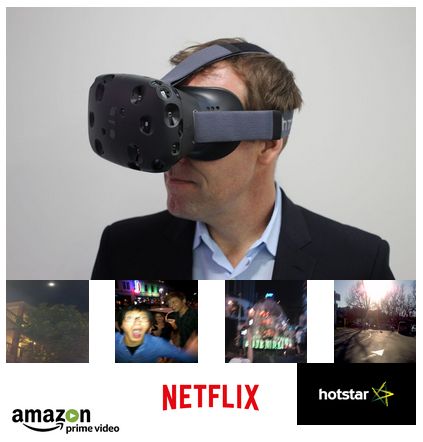Virtual Reality: We work on several aspects of quantifying user experience in virtual reality (VR) systems. Topics include visual quality assessment of wide field of view (or 360 degree) images and videos (with respect to image stitching, resolution, compression, etc.), user discomfort assessment and mitigation, saliency and fixation prediction algorithms.
Image/Video Quality Assessment and Enhancement The primary focus in this problem is to develop blind visual quality assessment measures that work across a wide gamut of distortions and then apply them to improve the quality of the visual content. This is achieved by carefully modeling the statistics of natural scenes and distorted pictures and/or using recent tools such as deep learning and generative adversarial networks (GANs). Quality may be assessed in accordance with human visual perception or from the point of view of success of computer vision algorithms. The problem has applications in computational photography and automatic camera tuning.
Streaming Video: Rate adaptation is an important aspect of popular video streaming services such as Netflix, Amazon Prime, Youtube, etc. We develop quantitative models of user experience that capture the tradeoff between visual quality and rebuffering events in such systems. The goal is to further improve rate adaptation strategies based on such sophisticated models using tools such as reinforcement
